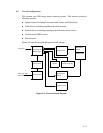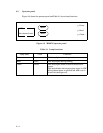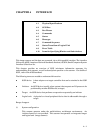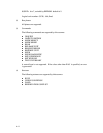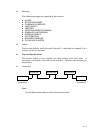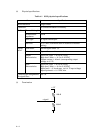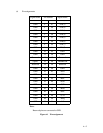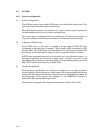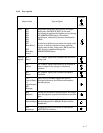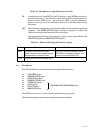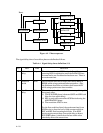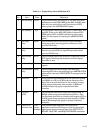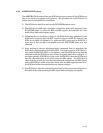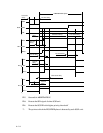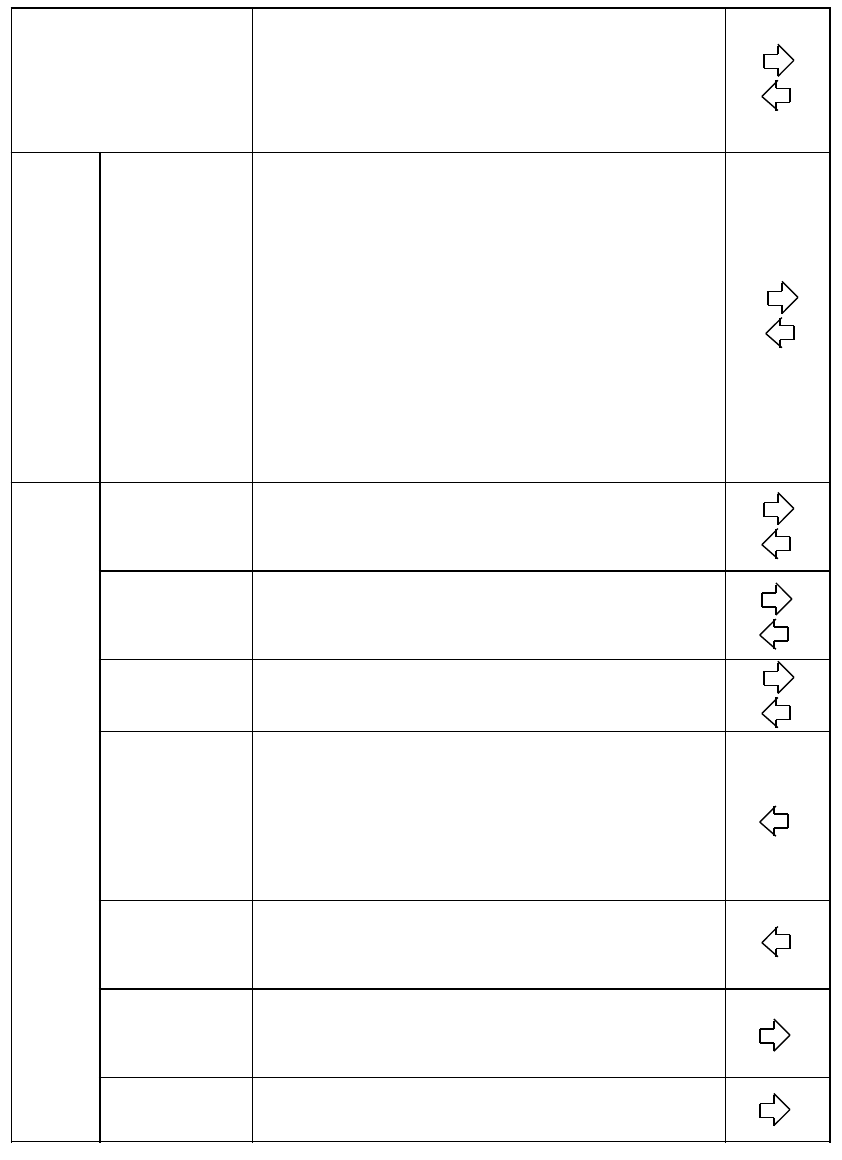
4.2.2 Bus signals
Signal name Type of signal
Initiator
Target
Data DB0
DB1
DB2
DB3
DB4
DB5
DB6
DB7
(Data Bus n)
DBP
(Data Bus
Parity)
Eight data>bit signals, plus a parity>bit signal
that form a DATA BUS. DB(7) is the most
significant bit and has the highest priority during
the ARBITRATION phase. Bit number,
significance, and priority decrease downward to
DB(0).
A data bit is defined as one when the signal value
is true. A data bit is defined as zero when the
signal value is false. Data parity DB(P) shall be
odd. Parity is undefined during the
ARBITRATION phase.
Control
signals
BSY
(Busy)
An ™ORtied∫ signal that indicates that the bus is
being used
SEL
(Select)
An ™ORtied∫ signal used either by an initiator to
select a target or by a target to reselect an
initiator
RST
(Reset)
An ™ORtied∫ signal that indicates the RESET
condition
C/ D
(Control/Data)
I/ O
(Input/Output)
MSG
(Message)
The C/D, I/O, and MSG signals are used to
distinguish between the different information
transfer phases.
REQ
(Request)
During an information transfer phase, the target
uses this signal to request the initiator to transfer
data
ACK
(Acknowledge)
A signal driven by an initiator to indicate an
acknowledgement for REQ/ACK data transfer
handshake
ATN
(Attention)
A signal driven by an initiator to indicate the
ATTENTION condition
4 $ 7



